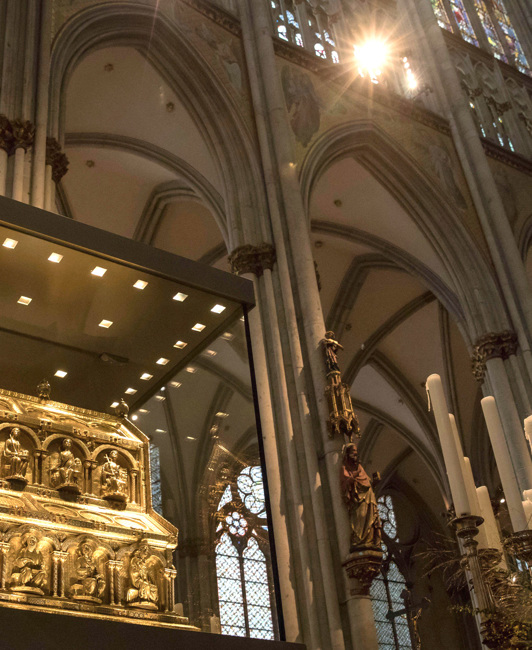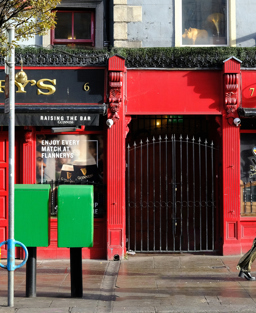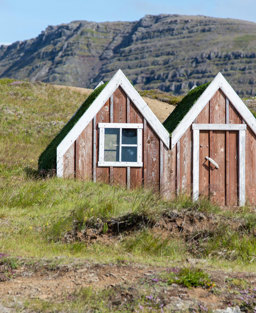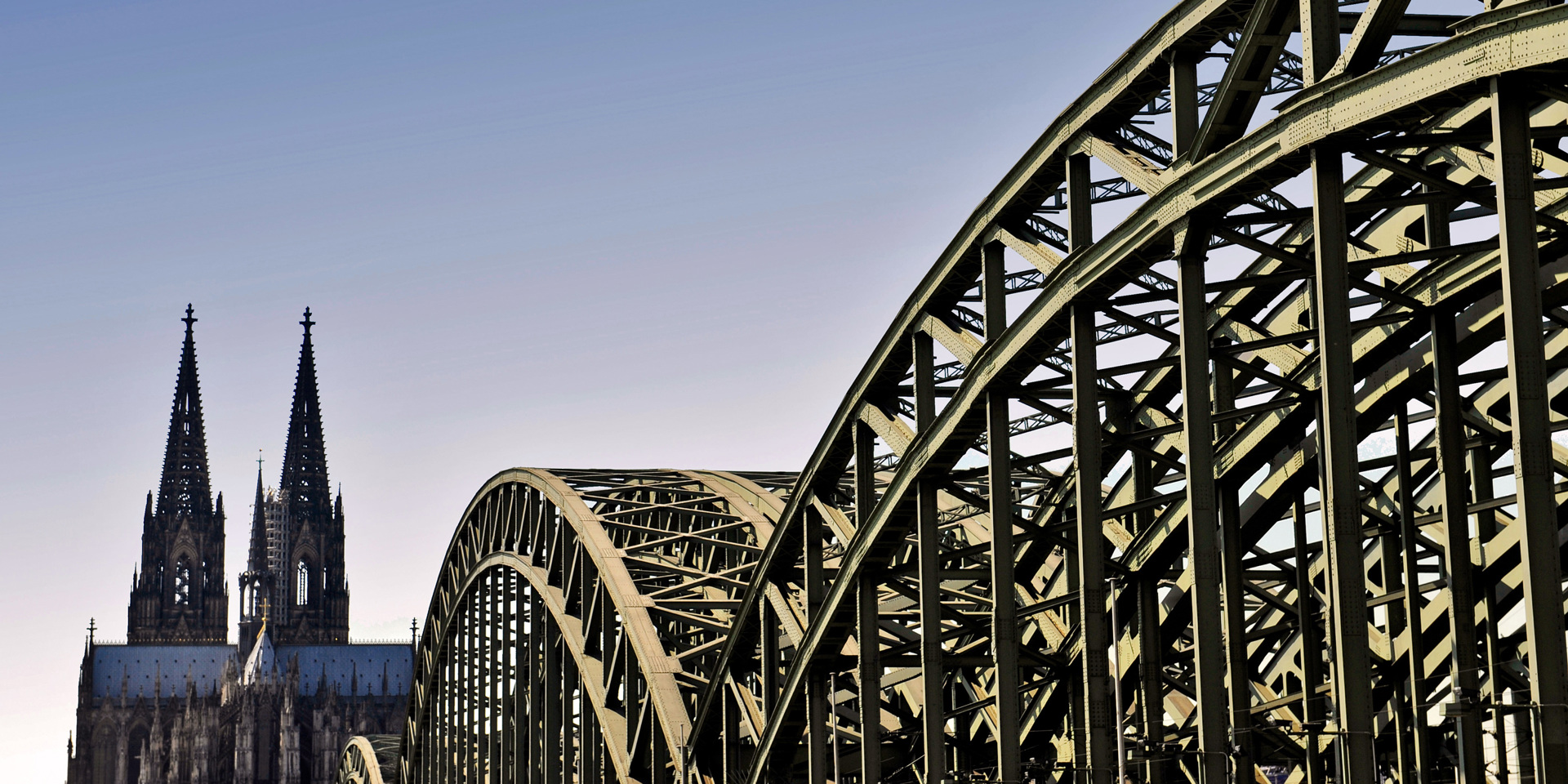

The Original Guide to Cologne
From Roman ruins to the famous Rhineland friendliness, Gothic spires to galleries galore, this charismatic cultural hub effortlessly blends ancient history with contemporary flair
Words: Paul Sullivan
05/11/2025
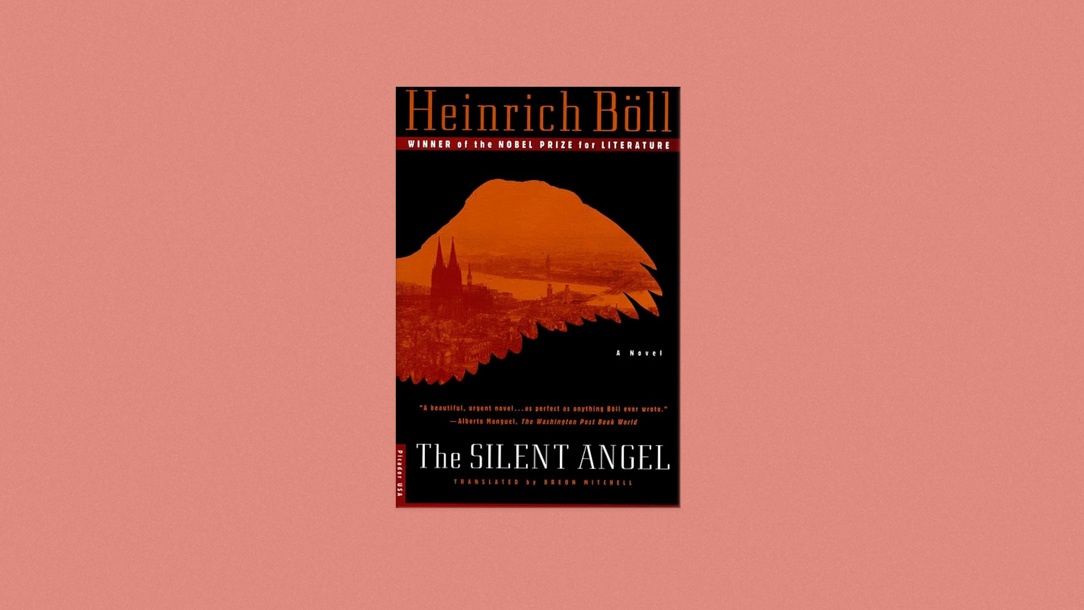
Böll’s first novel is a touching love story and trenchant study of moral decay
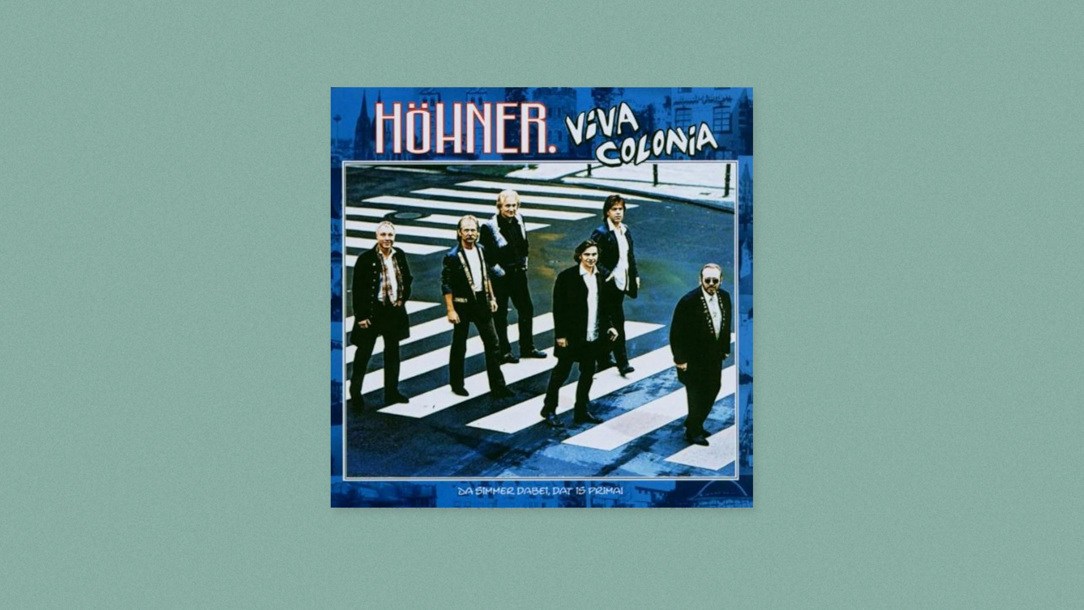
2003 record cover for ’Viva Colonia’ by Höhner

German Krautrock band CAN
Pre-trip culture checklist
READ: The Silent Angel by Heinrich Böll (translated by Breon Mitchell)
Set in the ruins of post-war Cologne, The Silent Angel follows Hans Schnitzler, a disillusioned soldier who deserts the army and returns to a devastated city carrying a dead comrade’s morphine and will. Written in 1950 but suppressed for decades (until after Böll’s death), the novel confronts the spiritual and physical collapse of Germany after the war. The prose is sparse but haunting as he explores themes of guilt, complicity, survival and redemption within a society reeling from destruction and a need for truth. A novel that leaves a mark.
LISTEN: ‘Viva Colonia’ by Höhner
Few songs capture the unfiltered spirit of Cologne like Höhner’s ‘Viva Colonia’. The band was founded in 1972 by Peter Werner and Janus Fröhlich but this song was released in 2003 and is by now one of the key unofficial anthems of Karneval-Cologne’s legendary, city-wide celebration of music, amusing costumes, political satire and revelry. Sung in the regional Kölsch dialect, the song brims with energy and humour and serves as an unapologetic love letter to the city. Best experienced in a crowded pub or outdoor square during carnival, arm-in-arm with some locals, if possible.
WATCH: The Sound of Cologne
This 2022 documentary traces the city’s pivotal role in the evolution of global electronic music. Beginning with the avant-garde innovations of Karlheinz Stockhausen and the WDR Studio for Electronic Music, the film journeys through the city’s influential Krautrock scene and into today’s experimental and club cultures. Director Kristina Schippling compellingly weaves together interviews with local legends such as Irmin Schmidt, Jaki Liebezeit and Holger Czukay of CAN, Mouse on Mars and techno aficionado Michael Mayer, with archival footage and soundscapes.

Tragedia Civile installation by Jannis Kounellis exhibited at the Kolumba Museum (Lothar Schnepf/©VG Bild Kunst, Bonn)
A local’s view
“Cologne is the German city most open to the world and has a rhythm of its own. It’s different – accepting, eccentric and cultured but also somehow weird. Its postwar soul is shaped by art and nightlife, by its queer scene, independent characters and its deep history. At moments it feels as if we have managed to galvanise a scene here again, with art bringing people together across generations and backgrounds. The city’s cathedral, the Dom, is the most majestic in Europe, if not the world. Its Gothic architecture might be unmatched, and its Gerhard Richter stained-glass windows are a spectacle. The Kolumba Museum by Peter Zumthor is incredibly refined, and the Gisela Capitain and Daniel Buchholz galleries are the greats of the art scene. I can also recommend Café Schmitz for a morning coffee or breakfast, a stay at the legendary Hotel Chelsea and a late-night drink at MD Bar.”

A cobblestone alleyway leads to the Great St Martin Church
New view
The classic Cologne view is from the side of the Hohenzollern Bridge opposite the Dom, from where you can watch the sun light up its twin spires and the shimmering Rhine in the foreground. But a very different perspective can be found at the corner of Markmannsgasse and Auf dem Rothenberg, from where you can travel back in time with a view onto the gorgeous Great St Martin Church and a slew of other historical buildings, some of which date back a thousand years or more.
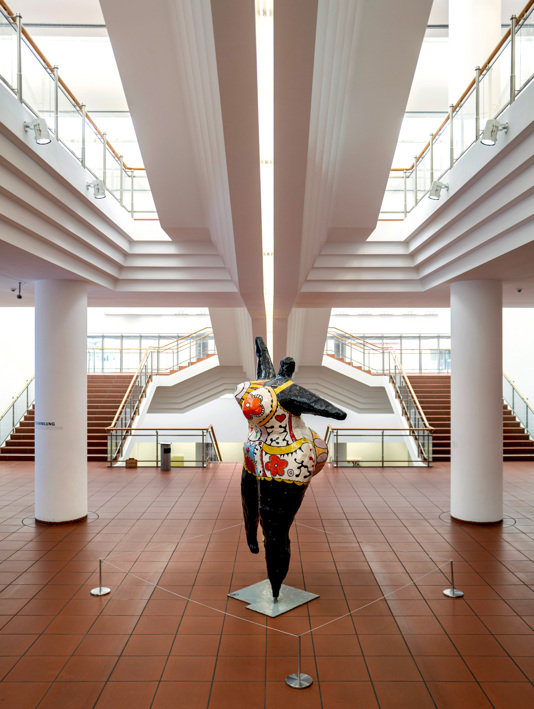
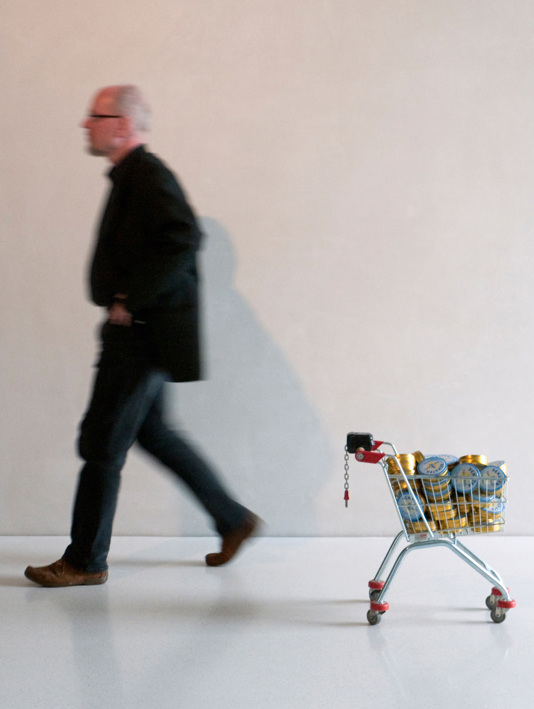
Nana by Niki de Saint Phalle at the Museum Ludwig; art installation by Thomas Rentmeister at the Kolumba
Rainy day saviours
At Museum Ludwig, you can dive into one of Europe’s best modern art collections, featuring Picasso, Warhol and a stellar array of German Expressionists. For something more meditative, the striking Kolumba Museum brings together ancient ruins with the pioneering architecture of Peter Zumthor. Built atop a Gothic church destroyed in World War II, it houses centuries of art–from mediaeval relics to contemporary works – set within contemplative, light-filled spaces.
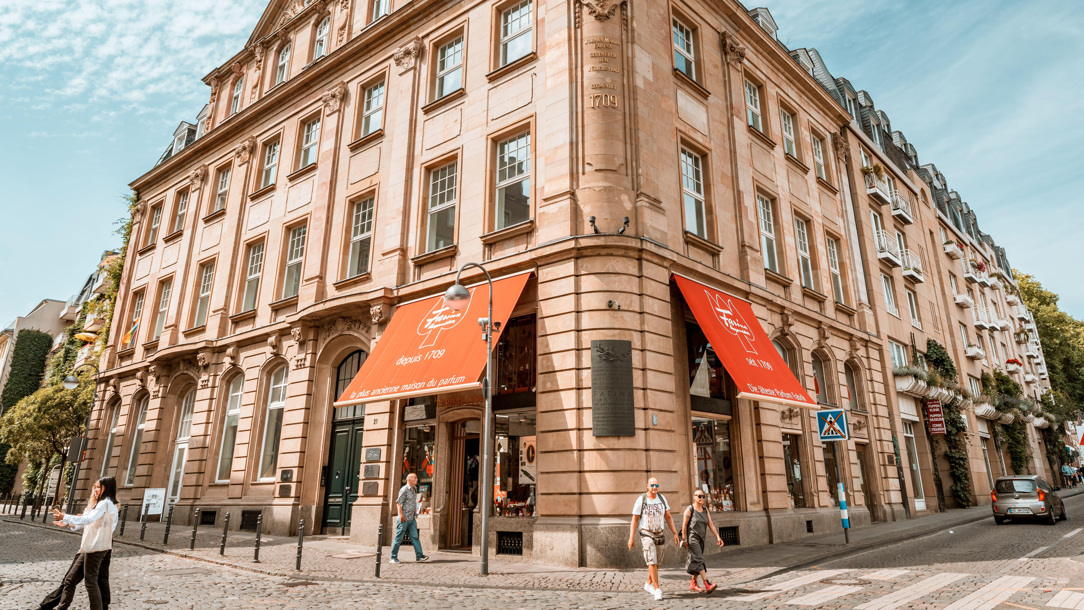
The Farina Fragrance Museum and Atelier
The original eau de Cologne
Cologne is the birthplace of eau de Cologne, the world-famous fragrance invented in 1709 by Italian perfumier Johann Maria Farina. This fresh, citrus-scented fragrance was revolutionary – literally, since Napoleon reportedly used it daily – and put the city on the map as a centre of luxury and innovation. The legacy is still celebrated today in boutique perfumeries as well as the Farina house, where the original was invented. The building still houses the family-run company – now in its eighth generation –and you can smell ingredients, learn about the perfume trade and buy the original eau de Cologne, which is still made according to Farina’s 1709 recipe.
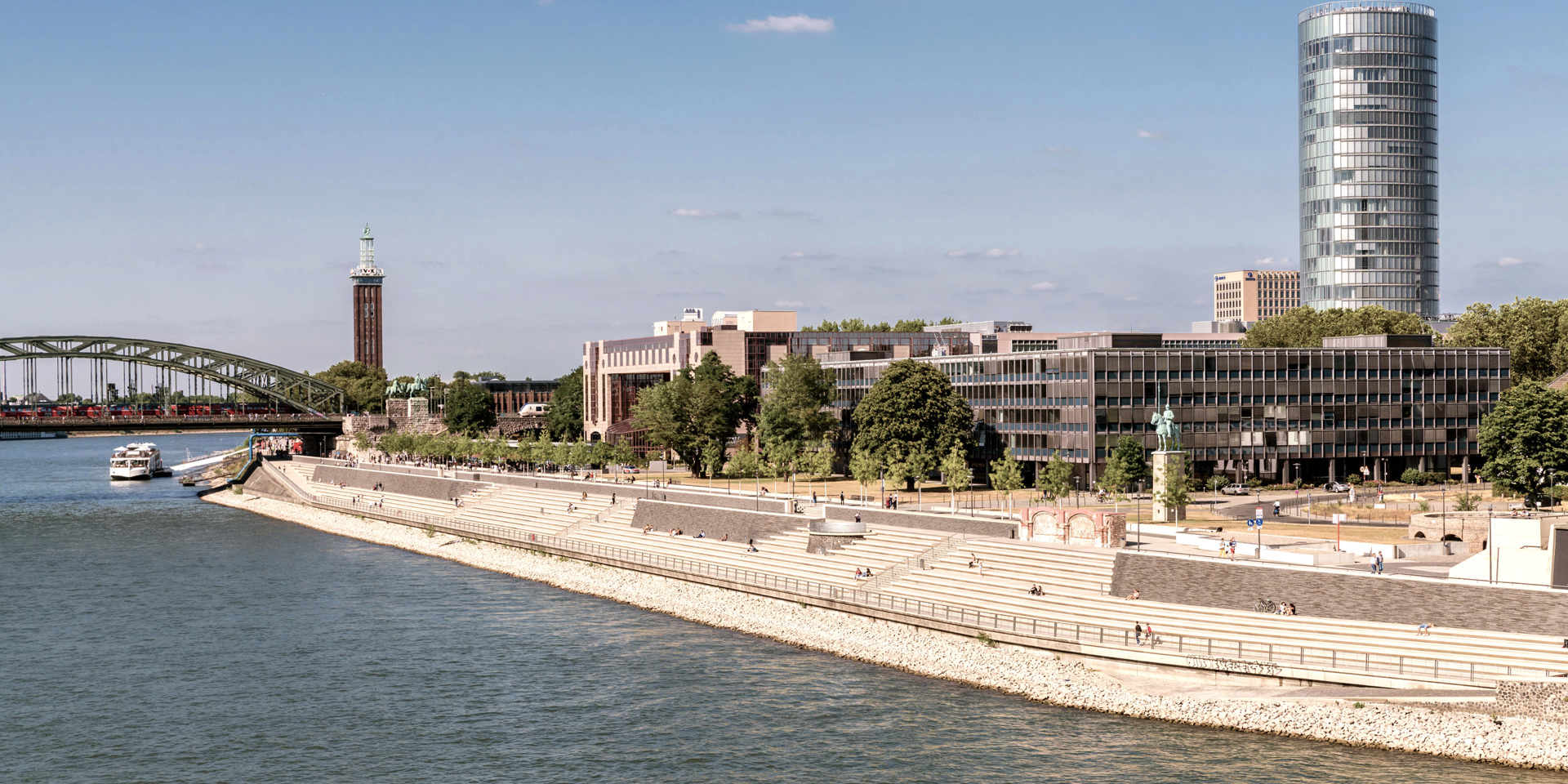
Bird’s-eye view
For the best classic bird’s-eye view, the Dom’s observation platform is definitely top tier – nothing quite beats seeing the city framed by those soaring Gothic spires. But if you want the spires in the photo, head to the Cologne Triangle – a sleek, modern skyscraper on the opposite bank of the Rhine by the Rheinboulevard (above). Its observation deck offers sweeping 360° views of the Dom, the river and the patchwork of rooftops stretching into the distance.
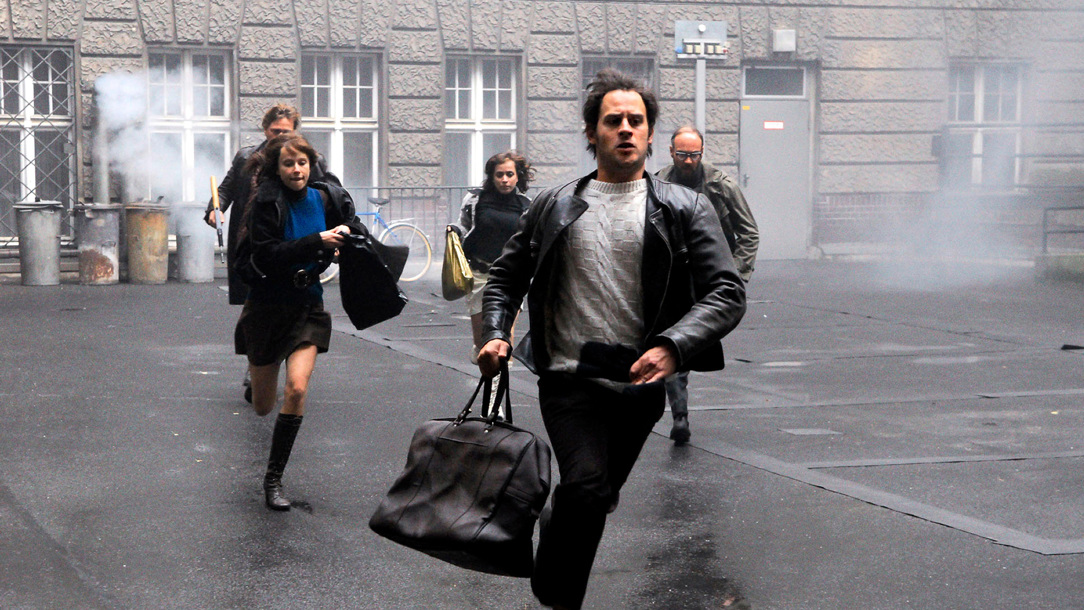
A scene from The Baader Meinhof Complex
As seen on screen
Cologne’s cinematic charm has featured in numerous productions, but none more iconic than the long-running German crime series Tatort, with its Cologne episodes starring detectives Ballauf and Schenk. The show brings the city’s diverse neighbourhoods – from the historic Old Town to the edgy Ehrenfeld district vividly to life, with plenty of glimpses of the cathedral, the Hohenzollern bridge and the Rhine. The city has also starred in a few notable films, such as Lola Rennt (Run Lola Run, from 1998), which features fast-paced scenes shot around the city and The Baader Meinhof Complex (2008), which also uses Cologne’s city streets and locations to depict Germany’s turbulent 1970s.
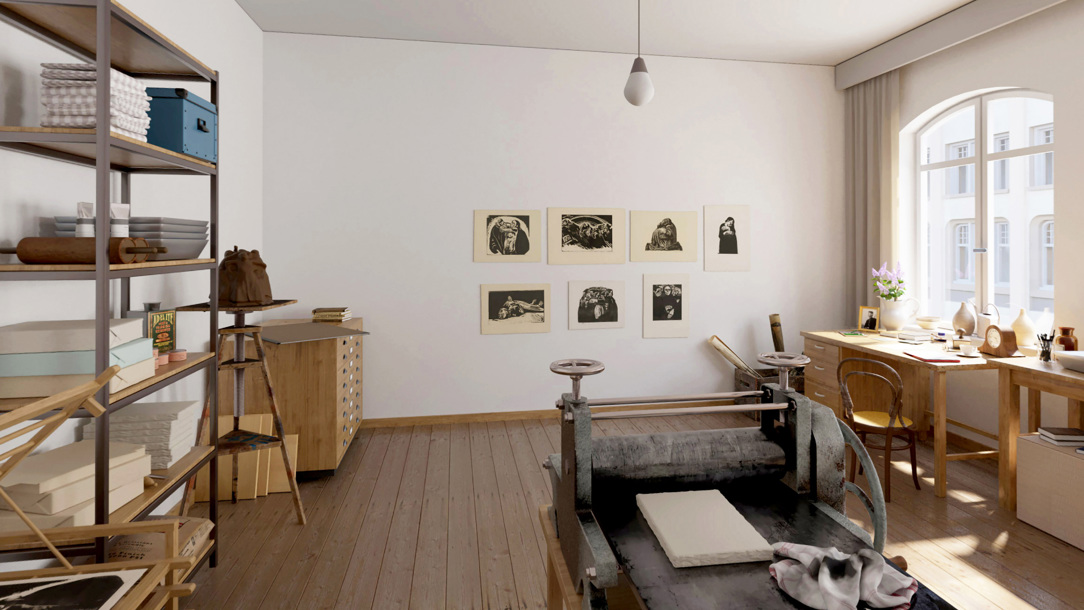
Reconstruction of the artist’s studio at the Käthe Kollwitz Museum (Kollwitz Museum Koeln)
Access all areas
Cologne has a decent commitment to accessibility – in particular to making its cultural treasures available to everyone. The Kölner Dom offers wheelchair ramps and accessible restrooms, plus tactile models for visually impaired visitors. Museum Ludwig provides audio guides and sign language tours, Kolumba offers ramps, elevators and quiet spaces, Käthe Kollwitz Museum has tactile tours and resources for blind and partially sighted guests, and the Schokoladenmuseum (Chocolate Museum) is fully accessible with elevators and sensory-friendly exhibits. For neurodivergent travellers, quiet hours and sensory-friendly resources are increasingly available and the city’s public transport also supports barrier-free travel.
The sensory six

Engraving of Jean Marie Farina’s original factory

A DJ spins the decks at Club Bahnhof Ehrenfeld
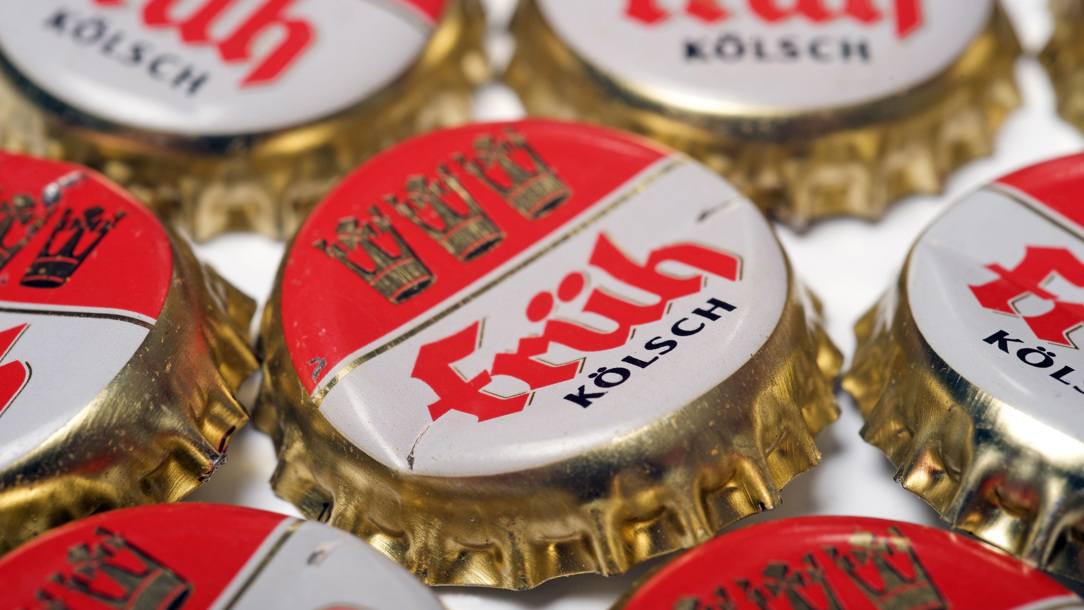
Kölsch has been made at Cölner Hofbräu Früh brewery since 1904
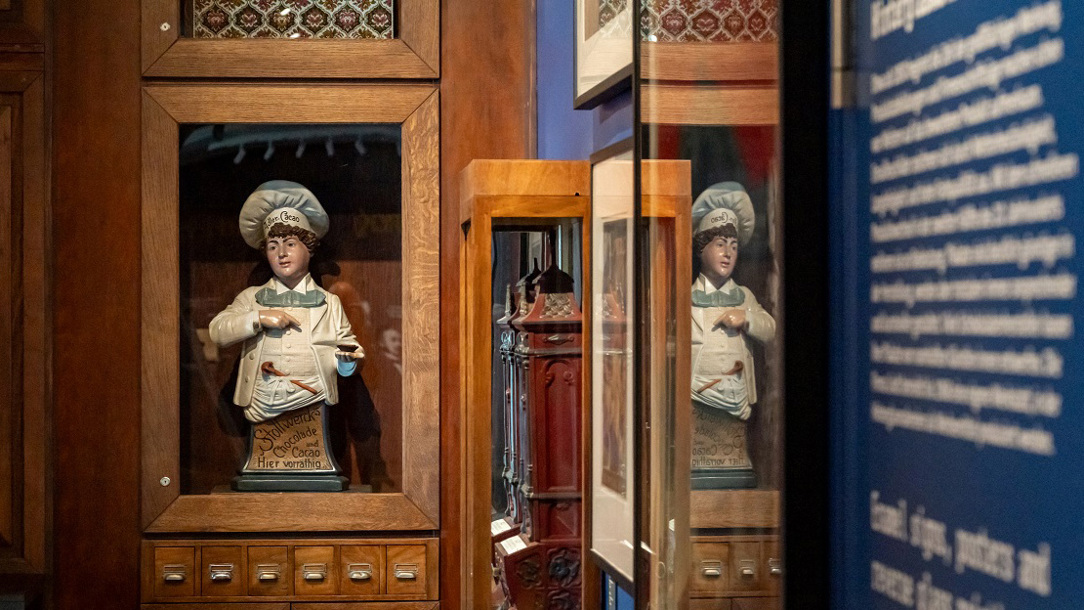
A shop display from the late 19th century at the Chocolate Museum

St Maria im Kapitol in the Old Town
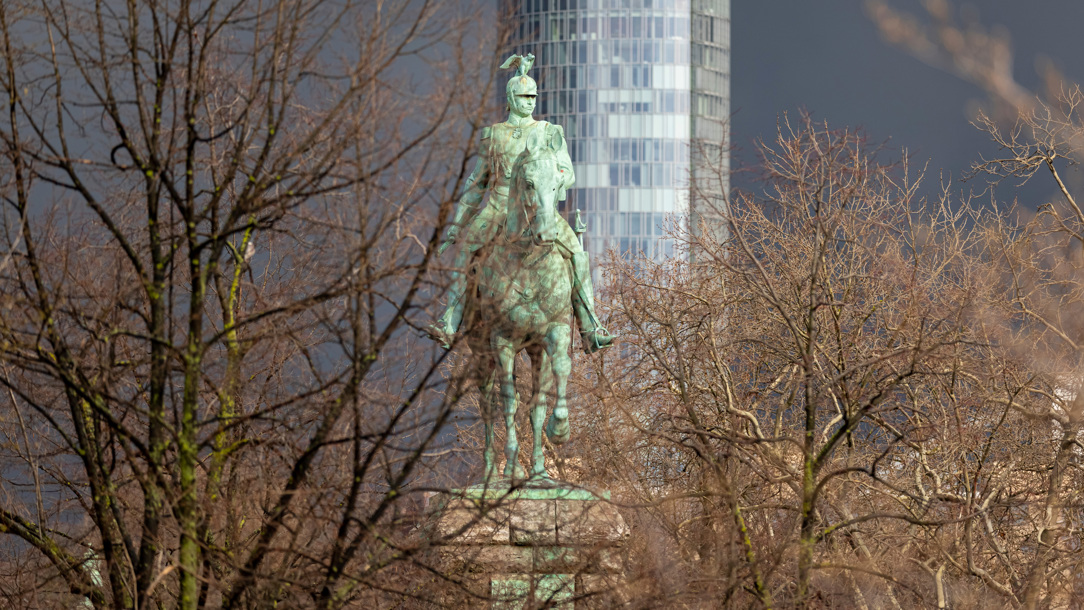
Statue of Emperor Wilhelm II on the Hohenzollern Bridge
Smell
As per The Original above, it’s a must to stop by 4711 Eau de Cologne to purchase – or just inhale – Cologne’s original fragrance since the 18th century.
Hear
Dive into some pulsating Köln beats at Club Bahnhof Ehrenfeld. Located directly under the Ehrenfeld S‑Bahnhof, it’s a hotspot for everything from underground electronic music to poetry slams and live concerts.
Taste
Try a local Kölsch beer, known for its light, crisp and refreshing flavour and served in a characteristic 200ml glass. It’s traditionally sampled with a plate of Himmel un Ääd (mashed potatoes, apples and blood sausage) at a traditional Brauhaus, but vegetarian sides are usually available, too.
Touch
At the Chocolate Museum, you can get hands-on by creating your own chocolate in workshops, tasting fresh samples at a giant chocolate fountain, and even peeling real cocoa pods in interactive sessions.
See
Cologne has 12 striking Romanesque churches – St Maria im Kapitol being just one attractive example. Dating from the 11th century, its rounded arches, trio of apses and ancient aura equate to an architectural marvel that’s a pleasure to behold.
Sixth sense
If you want to experience Cologne’s dark and mysterious side as the sun sets in the Old Town, take a walking tour with a spooky guide, during which you can hear plenty of tales of local villains, ghosts, devils and witches.

Sole with asparagus, black morel, wild garlic foam and Albufera sauce from La Cuisine Rademacher
The one spot
For the ultimate Cologne dining experience, book a table at Michelin-starred La Cuisine Rademacher, a hip and upscale spot helmed by chef Marlon Rademacher. It’s known for its creative, set menu-based dining featuring classic French techniques with international influences and high-quality ingredients. Vegetarian and vegan options are available upon request and there’s an excellently priced lunch menu three days per week.
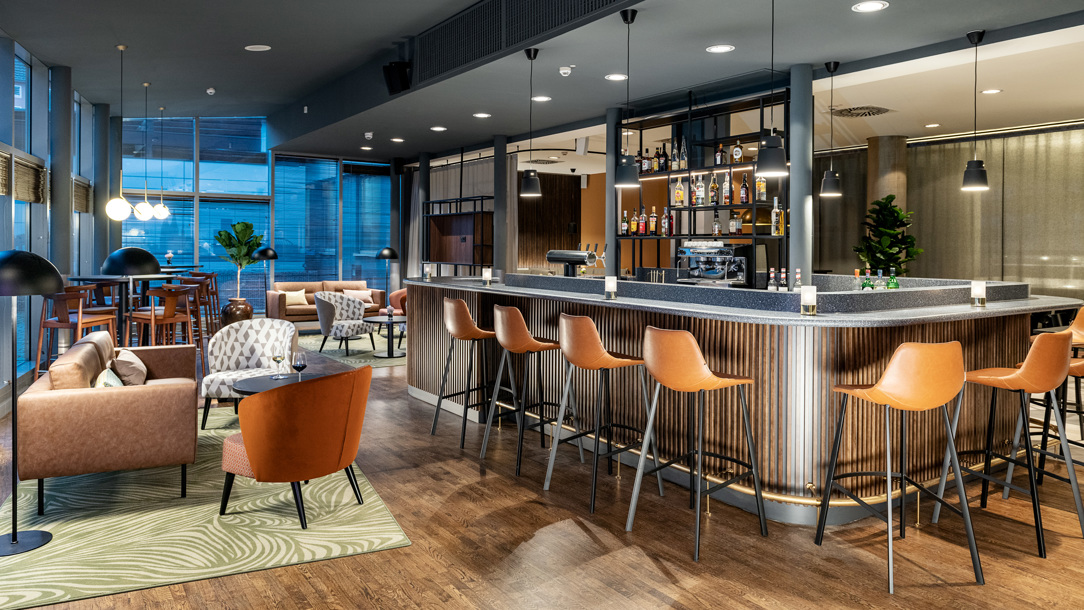
The bar at the NH Köln Altstadt hotel
Where to stay
An excellent option is the NH Köln Altstadt, located in the historic Old Town. This hotel combines comfort with a prime location, featuring spacious rooms, a spa and a restaurant serving Mediterranean cuisine. The hotel’s central position puts attractions including the Aldstadt, the cathedral and the Rhine mere steps away.

Exploring Amsterdam by water
Where next?
If you loved Cologne, your next stop should be Amsterdam, another vibrant European city with a rich history, iconic canals and a buzzing cultural scene.


